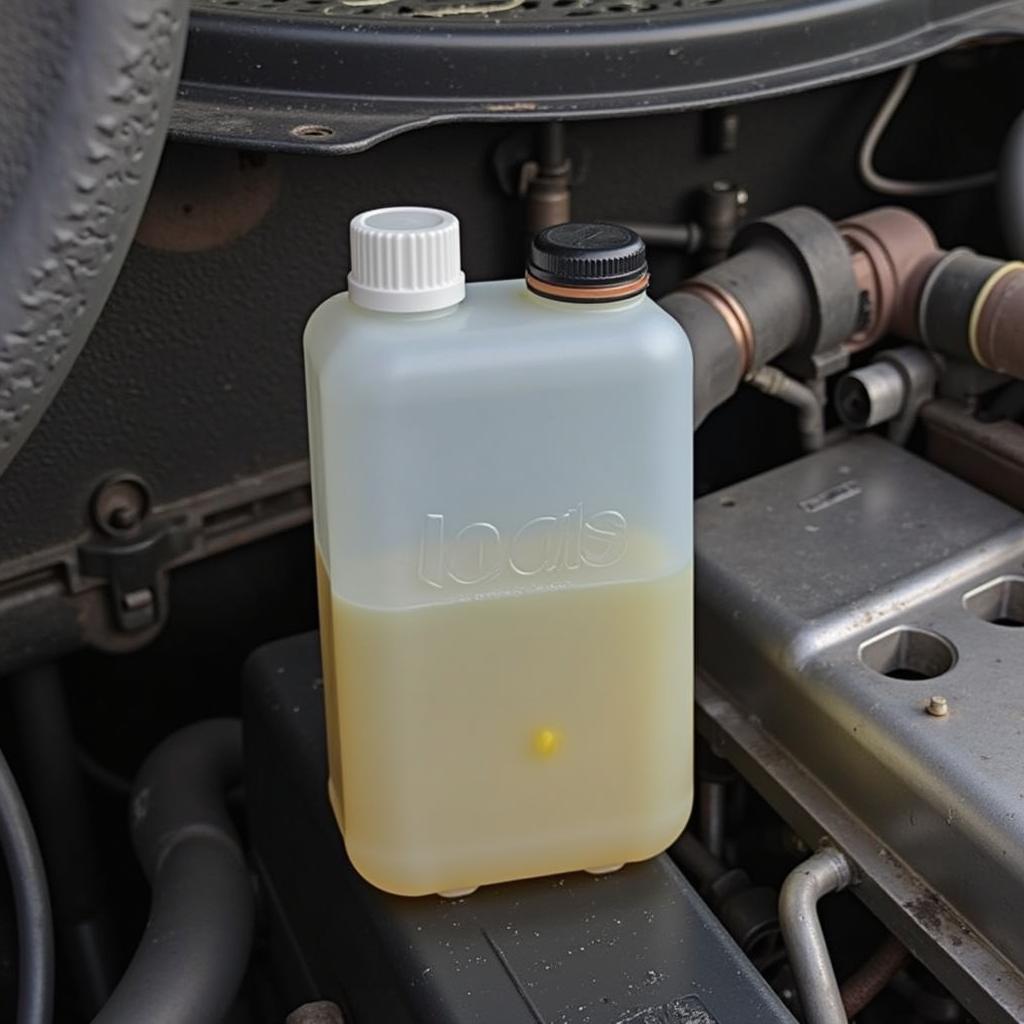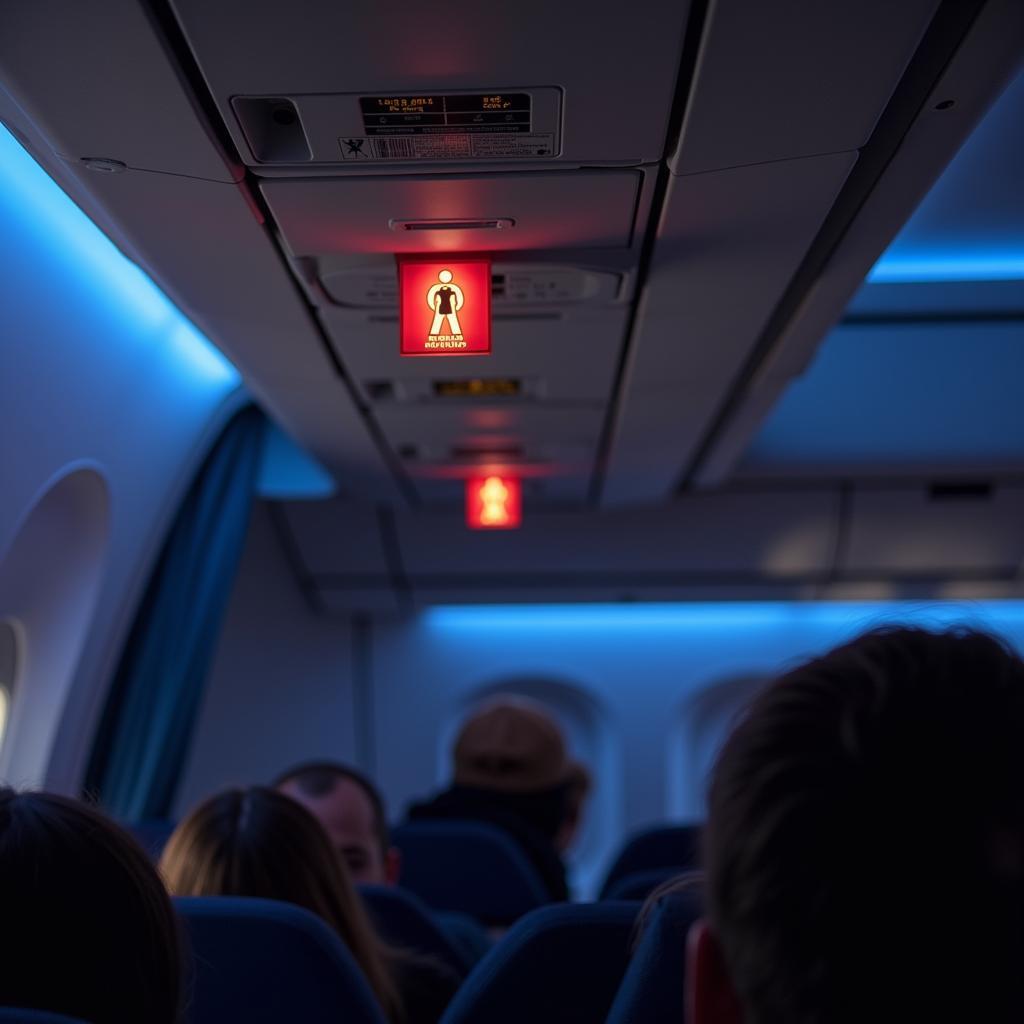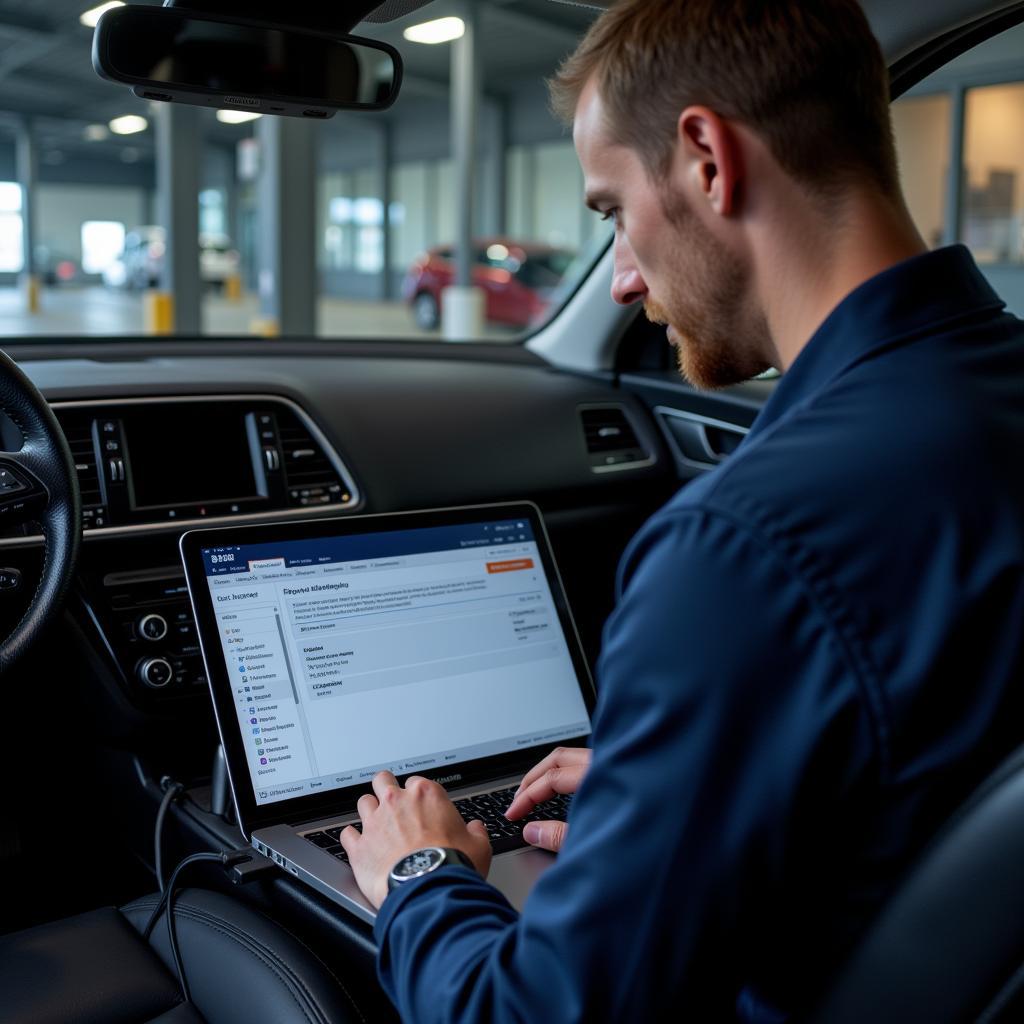The brake warning light on your Chevy truck dashboard is a crucial safety feature, designed to alert you to potential problems within your braking system. While it’s normal for this light to illuminate briefly when you start your truck, a brake warning light that stays on even while driving indicates a problem requiring immediate attention. Ignoring this warning could lead to reduced braking performance and potentially dangerous situations. This article delves into the common causes of a persistent brake warning light in Chevy trucks and provides practical solutions to help you address this issue.
Common Causes of a Persistent Brake Warning Light
Several factors can cause the brake warning light to stay on in your Chevy truck. Here are some of the most frequent culprits:
-
Low Brake Fluid: This is one of the most common reasons for the warning light to activate. Brake fluid is essential for transmitting force from your brake pedal to the brake calipers, which then squeeze the brake pads against the rotors to stop the vehicle. A leak in the brake lines or a worn-out master cylinder can lead to low brake fluid.
-
Worn Brake Pads: Brake pads are designed to wear down over time. As the friction material on the pads thins, your braking system needs to work harder, and the brake fluid level may drop, triggering the warning light.
-
Faulty Brake Light Switch: The brake light switch is responsible for activating your brake lights when you press the brake pedal. A malfunctioning switch can not only prevent your brake lights from working correctly but also trigger the brake warning light on your dashboard.
-
ABS System Issues: Modern Chevy trucks are equipped with Anti-lock Braking Systems (ABS), designed to prevent wheel lockup during hard braking. If there’s a problem with the ABS system, such as a faulty sensor or control module, the brake warning light may illuminate.
-
Parking Brake Engaged: While seemingly obvious, it’s easy to overlook a partially engaged parking brake. Always double-check that your parking brake is fully released.
 Low Brake Fluid Reservoir
Low Brake Fluid Reservoir
Troubleshooting the Brake Warning Light
Before assuming the worst, here are some steps you can take to troubleshoot the issue yourself:
-
Check the Brake Fluid Level: Park your truck on a level surface and locate the brake fluid reservoir under the hood. The reservoir is usually translucent, allowing you to see the fluid level. If the fluid is below the “MIN” line, add the correct type of brake fluid specified in your owner’s manual.
-
Inspect the Brake Lines: Carefully examine the brake lines running along the undercarriage of your truck for any signs of leaks, cracks, or damage. Pay particular attention to areas near the wheels and the master cylinder.
-
Check the Brake Pads: If you have mechanical skills, you can visually inspect the thickness of your brake pads. Look through the spaces between the wheel spokes to assess the amount of friction material remaining on the pads. Thin brake pads require replacement.
When to Seek Professional Help
While the troubleshooting steps above can be helpful, some situations require the expertise of a qualified mechanic. Consider seeking professional assistance if:
- The brake warning light remains on even after adding brake fluid. This could indicate a leak that needs immediate attention.
- You notice a soft or spongy brake pedal. This often suggests air in the brake lines, which requires bleeding.
- Your brake pedal goes all the way to the floor. This is a serious issue requiring immediate professional attention.
- You’re uncomfortable performing the troubleshooting steps yourself.
1990 chevy brake warning light
The Importance of Timely Brake Repair
“Ignoring a persistent brake warning light is like ignoring a flashing ‘check engine’ light – you’re just asking for trouble,” says veteran mechanic, John Riley. “Your brakes are your vehicle’s most critical safety system. Addressing issues promptly not only ensures your safety but also prevents more costly repairs down the road.”
Remote Diagnostic and Programming Solutions
In today’s tech-savvy world, advancements in automotive technology allow for remote diagnostics and programming. This means that skilled technicians can often diagnose and even resolve certain brake system issues remotely, saving you time and potentially reducing repair costs.
98 chevy s10 brake warning light
Conclusion
A persistent brake warning light on your Chevy truck should never be ignored. Understanding the common causes and knowing how to troubleshoot simple issues can save you time and money. However, don’t hesitate to seek professional help when needed to ensure the safety and reliability of your vehicle. Remember, a well-maintained braking system is paramount to your safety and the safety of others on the road.


